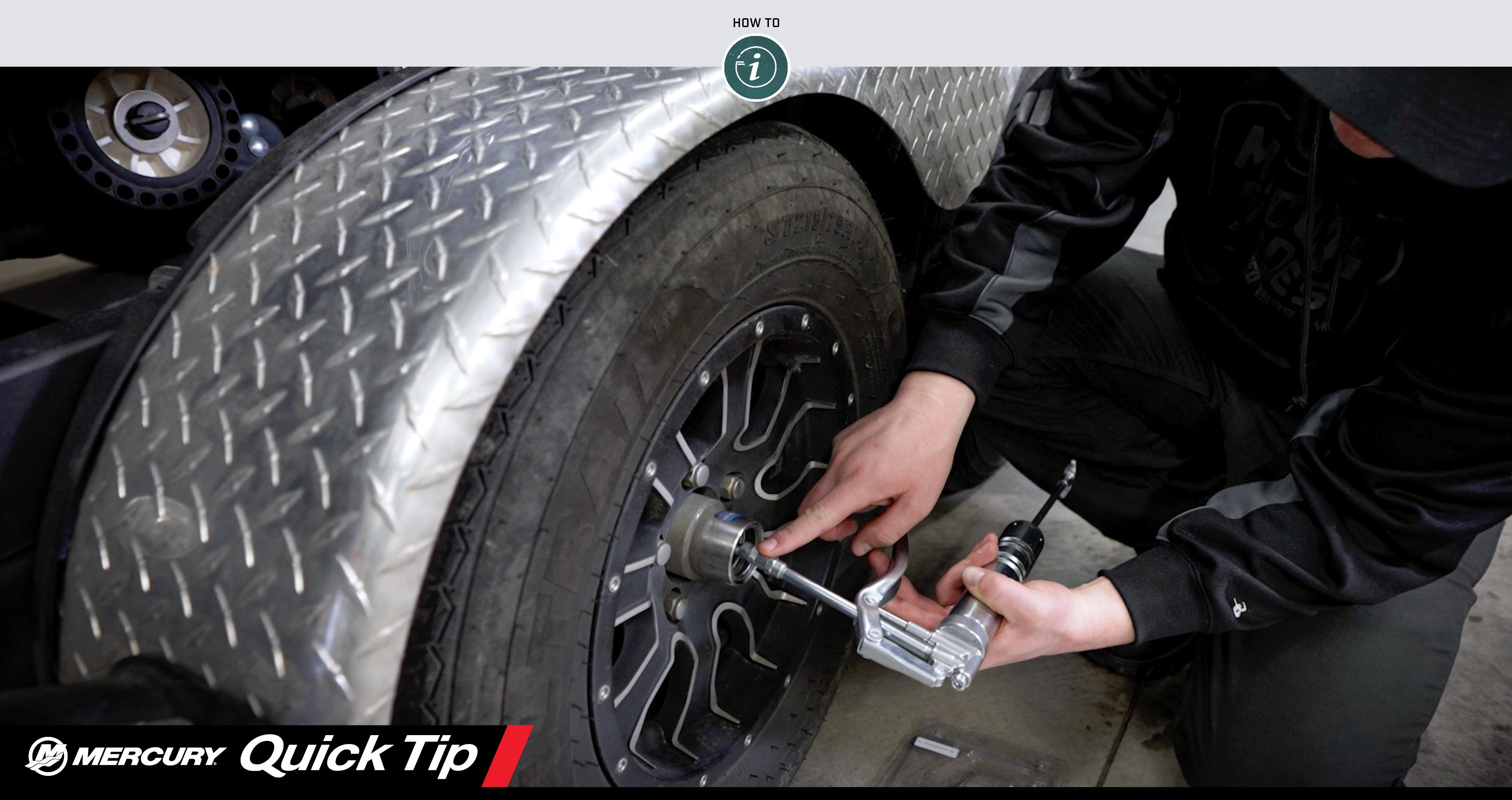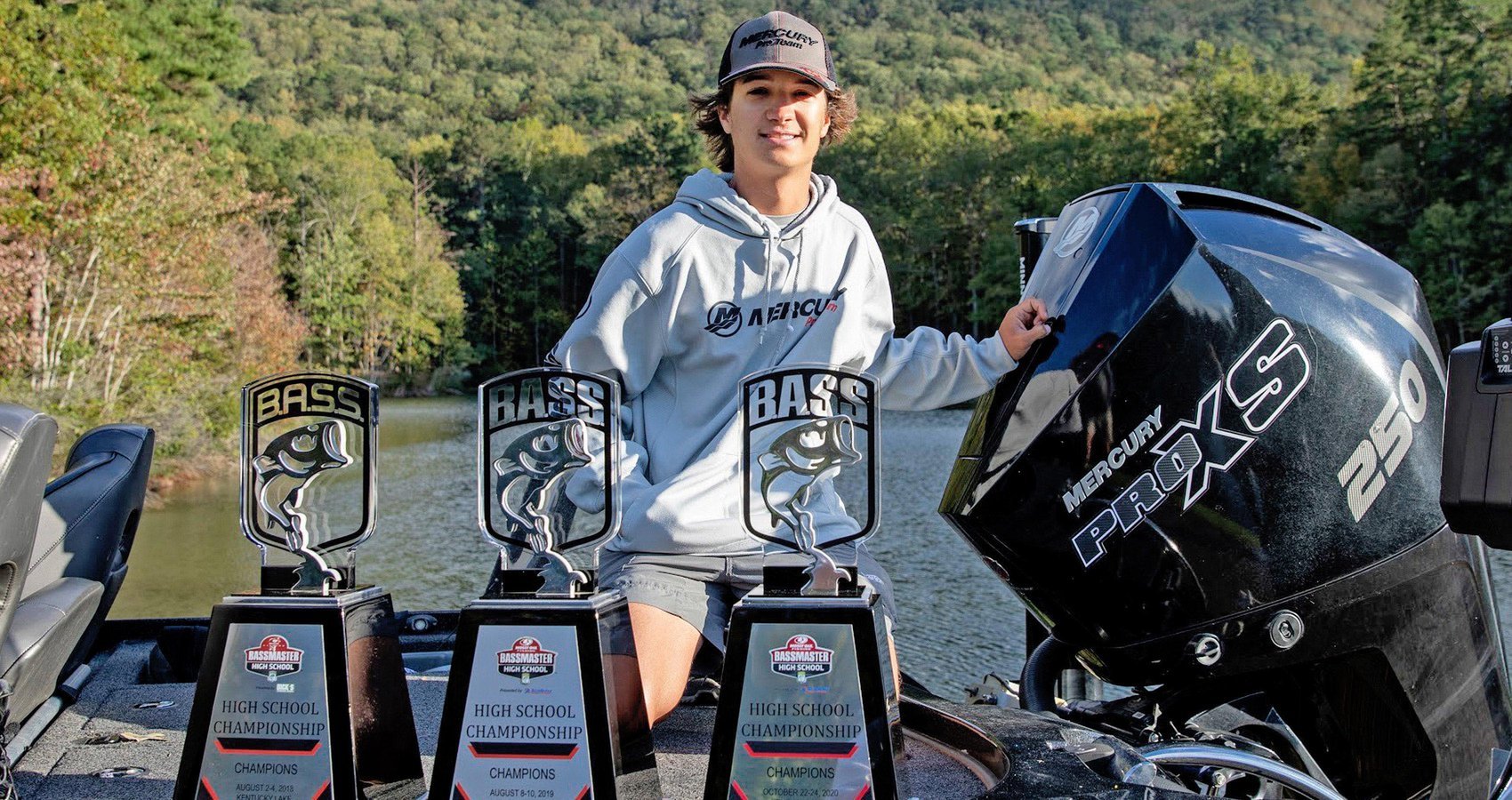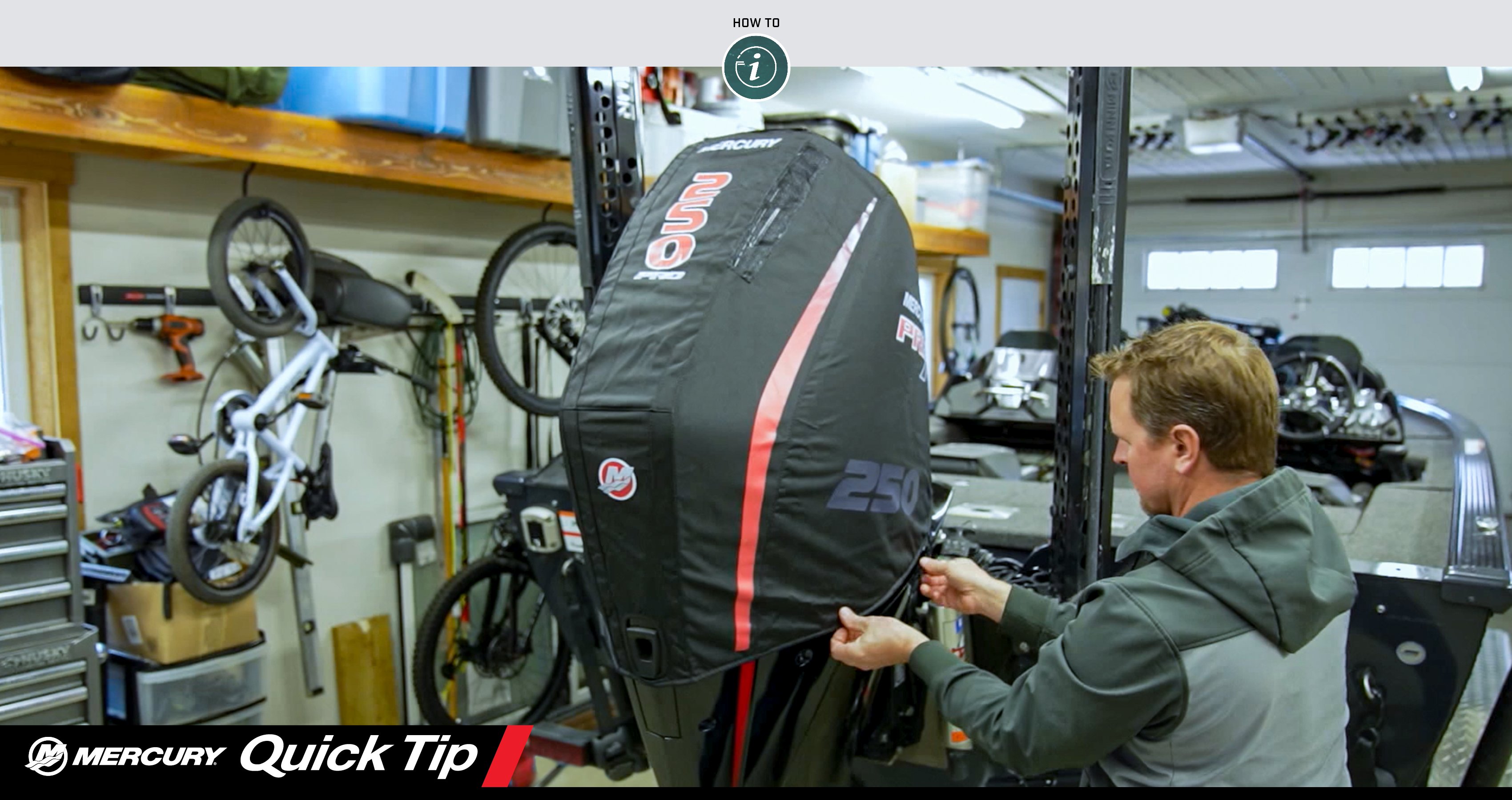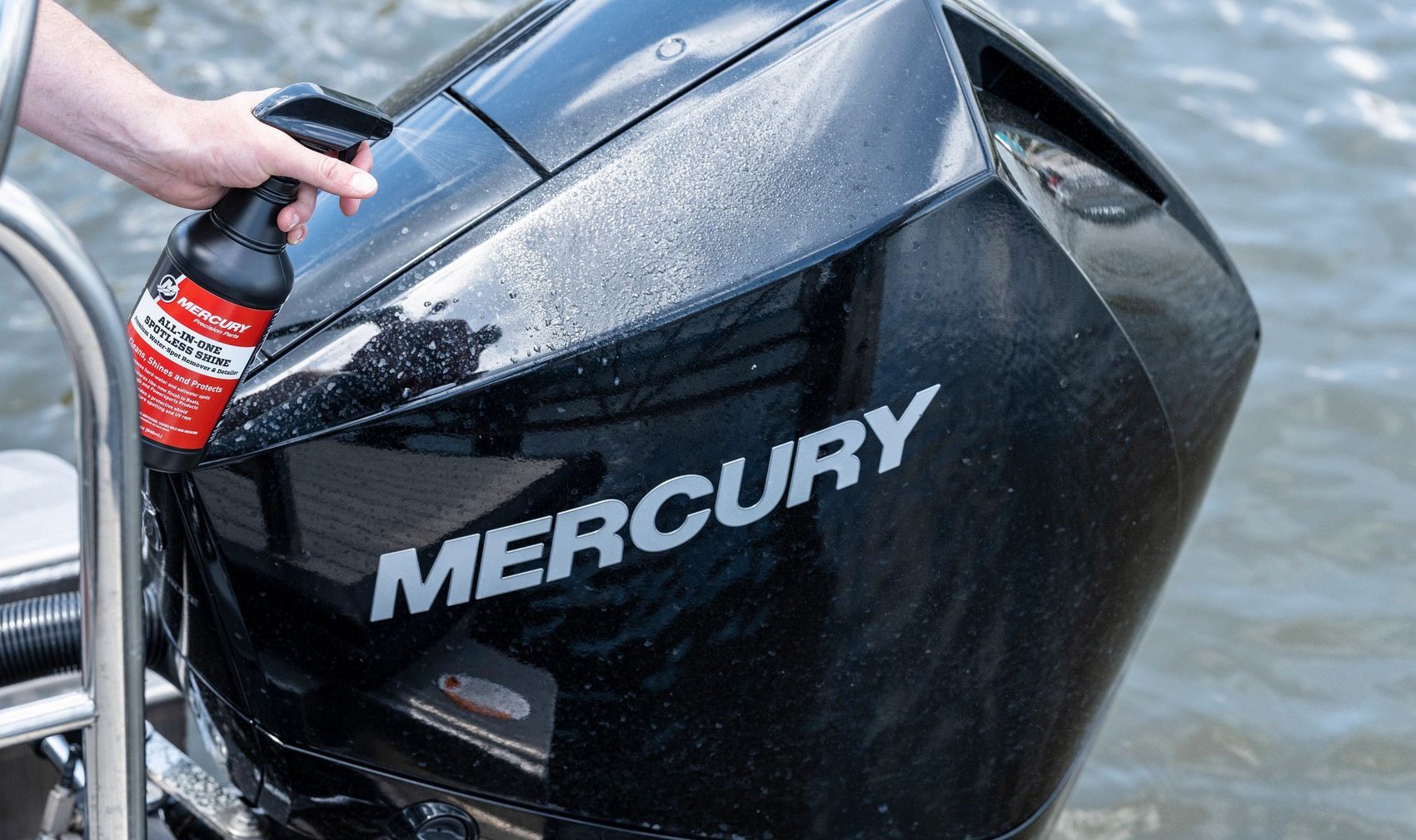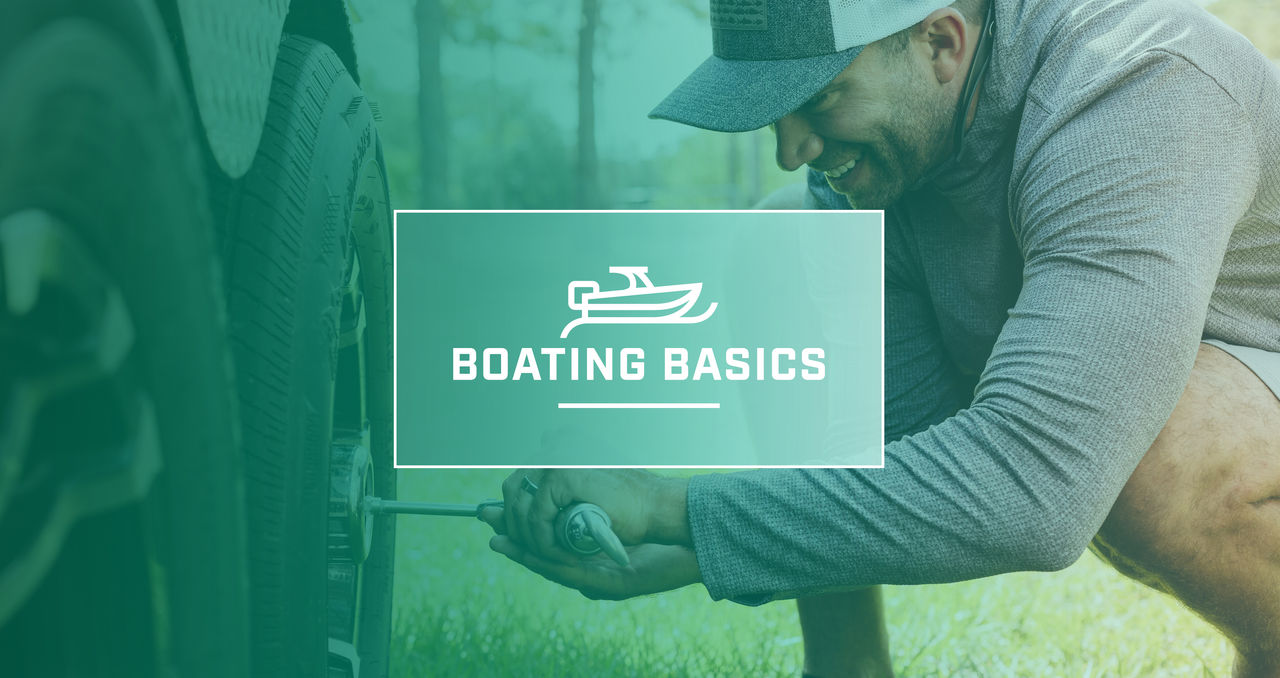If you are new to boating, the “Boating Basics” series of videos presented by Mercury Marine provides an engaging, educational guide to our favorite pastime that will help you gain confidence on the water. Even if you are an experienced boater, you might pick up a few tips!
If you own a trailerable boat, getting on the water starts with getting on the road. First, however, there are a few important steps to follow in preparing your trailer and tow vehicle to travel safely in tandem to the boat ramp.
Most boat trailers have similar working parts, but there are variations between makes and models. Before trailering your boat, be sure to study your trailer’s manual and learn how to use all its mechanical, electrical and safety features properly.
You should also make a pre-trailering checklist and follow it just as an airplane pilot would a pre-flight checklist. The following tips and the video below cover the basics items that should be on your list.
How to Hitch up Your Boat Trailer
- Get lined up – If you have a backup camera on your tow vehicle, it can make lining up your vehicle with the trailer easier. But if you don’t have one, ask another person to direct you using hand signals. Back your vehicle up until the hitch ball on your rig is directly beneath the coupler on the tongue of the trailer.
- Lock the coupler – Now walk back to the trailer and use the handle on the jack stand to lower the coupler onto the ball. Make sure the ball is completely inside the socket, then press the latch to lock it in. Many trailers also have a safety pin that inserts through the latch for extra security.
- Raise the jack stand – Crank up the jack stand. On some trailers, you can rotate the jack so it is parallel with the trailer’s tongue and lock it in place.
- Fasten the safety chains – Be sure to crisscross the safety chains beneath the trailer tongue when you hook them to the slots on your tow hitch or the frame of your vehicle. The chains ensure that the trailer stays hooked to your vehicle even if something were to go wrong on the road. If the safety chains are so long that they touch the ground, give them an extra twist before hooking them up, leaving enough slack so they won’t bind up when you make a turn.
- Connect the safety cable and plugs – Trailers with brakes will have a brake safety cable. Attach it to your tow hitch, then plug the wiring harness into the outlet on your vehicle.
- Check the lights – Make sure the brake lights, turn signals and running lights are working on your trailer and tow vehicle.
Secure the Boat and Ready the Trailer
- Check the straps and tie-downs – At the front of the trailer, make sure the winch strap is tight, the winch is locked and the safety chain is attached to the bow lock. Then go to the back of the trailer and make sure the transom tie-down straps are fastened to your boat’s stern.
- Support the engine – Keeping the engine in the vertical position while trailering reduces stress, wear and tear on the engine’s hydraulic system and mounts. However, if you don’t have enough ground clearance, use a trailer support bracket or clips to support the outboard gearcase or sterndrive unit high enough off the ground to prevent bumping or scraping.
- Check the tires – Check your trailer’s tire pressure and make sure the tires – including the spare – are inflated to the manufacturer’s recommended level. Do the same for the tow vehicle. Periodically inspect the tread on all the tires, too.
- Grease your hubs – Once a year, or every 3,000 miles, grease the bearings in your trailer wheel hubs. Do it more often if you launch your boat and submerse the trailer every week. A good test is to hold your hand above each hub after you’ve reached the ramp. If any of them are hot, take the trailer in for repair right away.
Before you depart, make a tour of your boat and trailer to check that everything is secure, and double check the items on both lists above.
Additional Advice
Before you leave for the ramp, load your boat with anything you want to take with you for your day on the water instead of putting it in your tow vehicle. Fishing gear, coolers, snacks, towels and sunblock, etc., should all go on board. This will save time at the ramp where there may be a line of other boaters waiting to launch. Lighter items should be stowed in compartments or strapped down so they won’t blow away.
Make sure your docklines, fenders and safety equipment, including the life jackets, are stowed in their proper places on board. Keep your boat’s title, registration and insurance information, along with any fishing licenses you may need, handy in the glove compartment.
Just in case, keep spare trailer lightbulbs in your tow vehicle, along with a couple of wheel chocks to stop your trailer from rolling if it is parked on a slope. Make sure you have a jack and jack stand as well in case you need to change a tire en route to the ramp.
Although you and your family and friends may be impatient to get out on the water, taking the time to go through your checklist for preparing your tow vehicle and trailer will pay off when you enjoy a safe, hassle-free towing experience on the way to the boat ramp.
